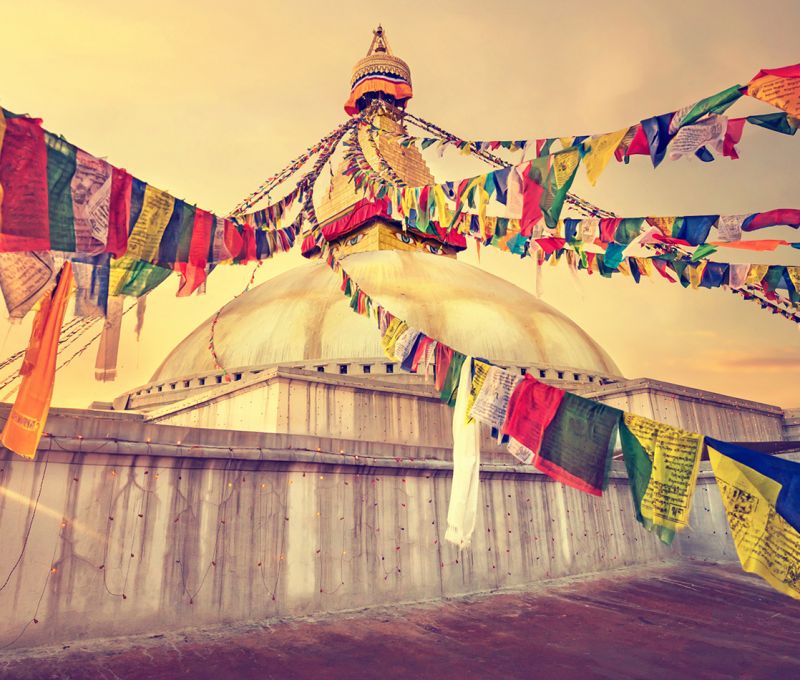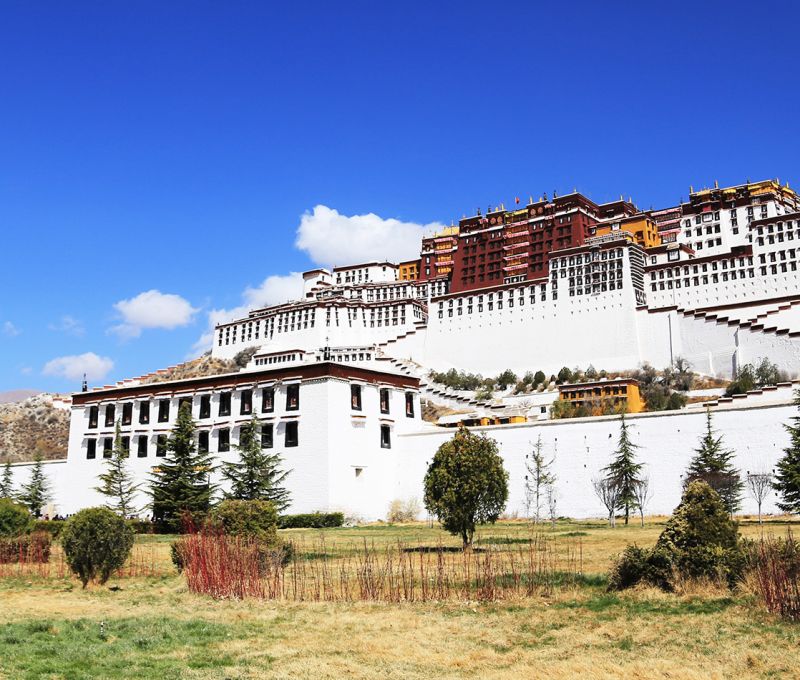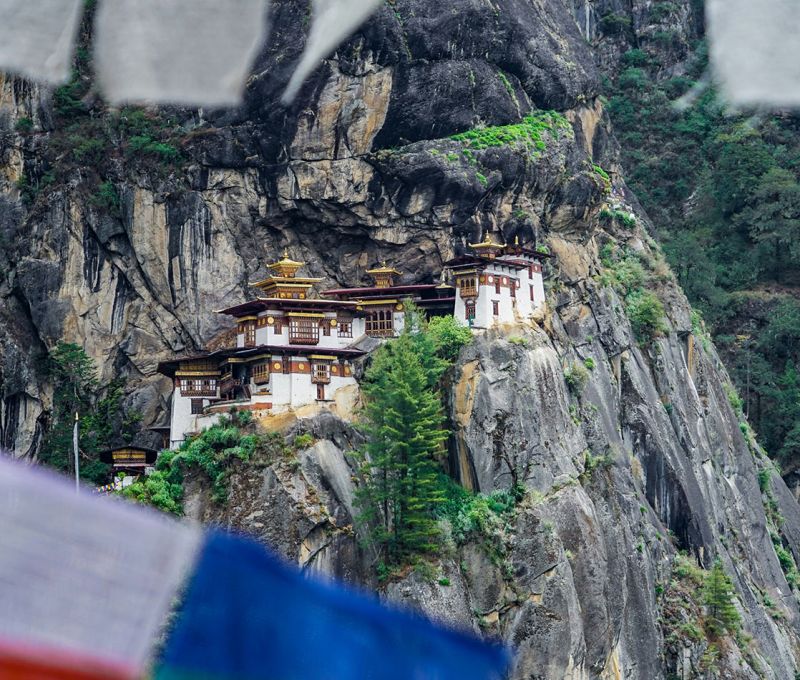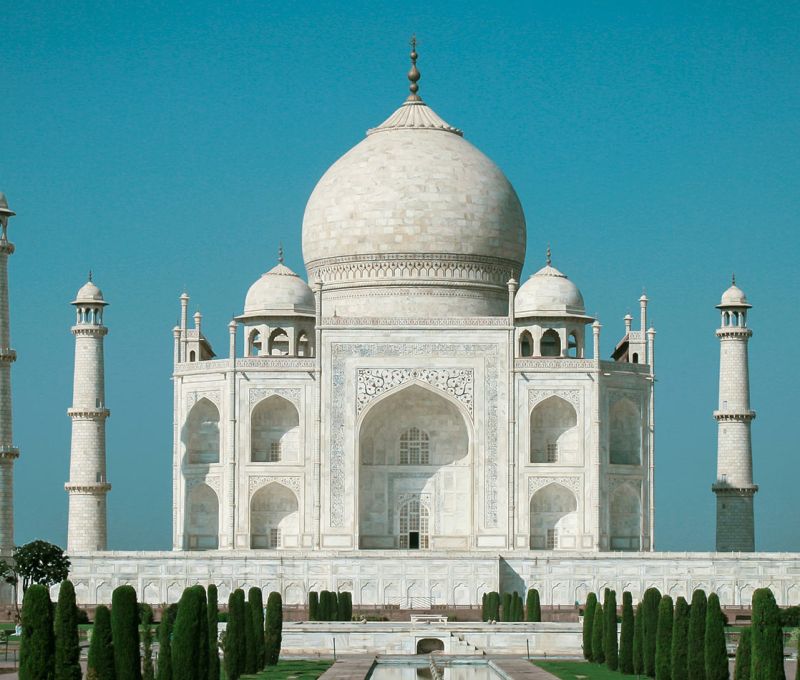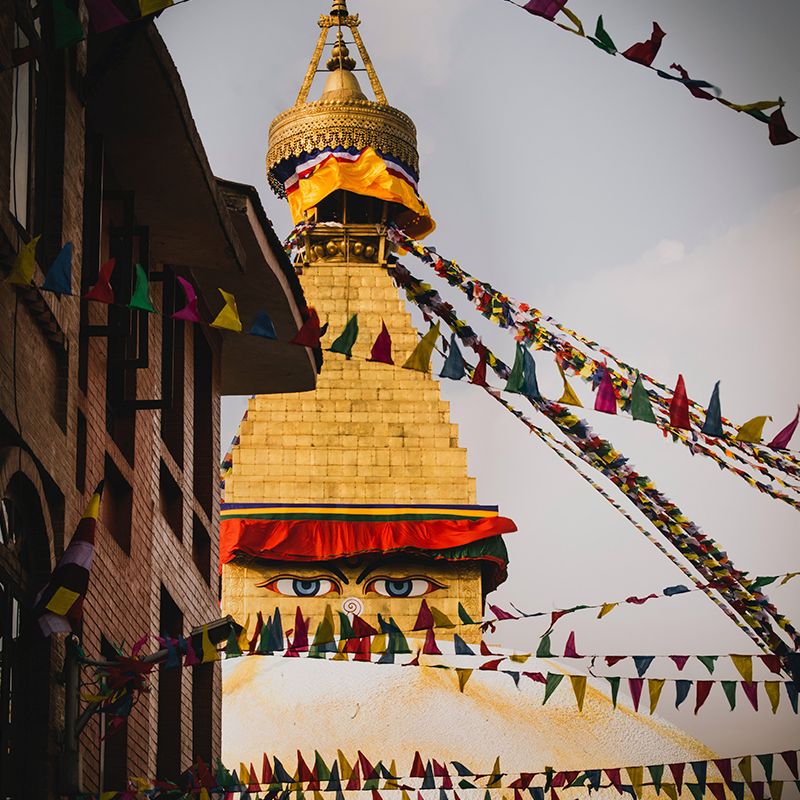Quick links
Trip Inquiry
Our travel experts are ready to customize and plan your next journey, trek, tour or rafting. Contact us by phone or message.

October 16, 2025
Tihar

Tihar, also known as the Festival of Lights, is one of Nepal’s most cherished celebrations. The
five-day festival is marked by the warm glow of candles, vibrant flower garlands and delicious
sweets and joyful gatherings.
Each day of Tihar holds a special significance, honoring different beings and relationships. The first day, Kag Tihar, is dedicated to crows, considered messengers of death, who are offered food to ward off sadness and bad omens. The second day, Kukur Tihar, celebrates dogs for their loyalty and friendship. They are adorned with garlands, vermilion and offered special treats. On the third day, Gai Tihar and Laxmi Puja are observed. Cows are worshipped as symbols of prosperity, while homes are decorated with oil lamps, candles and marigold garlands to welcome Goddess Laxmi, the goddess of wealth and fortune. Streets twinkle with light, and houses echo with the cheerful songs of Deusi-Bhailo, traditional carols sung by children and young people who go door to door spreading joy.
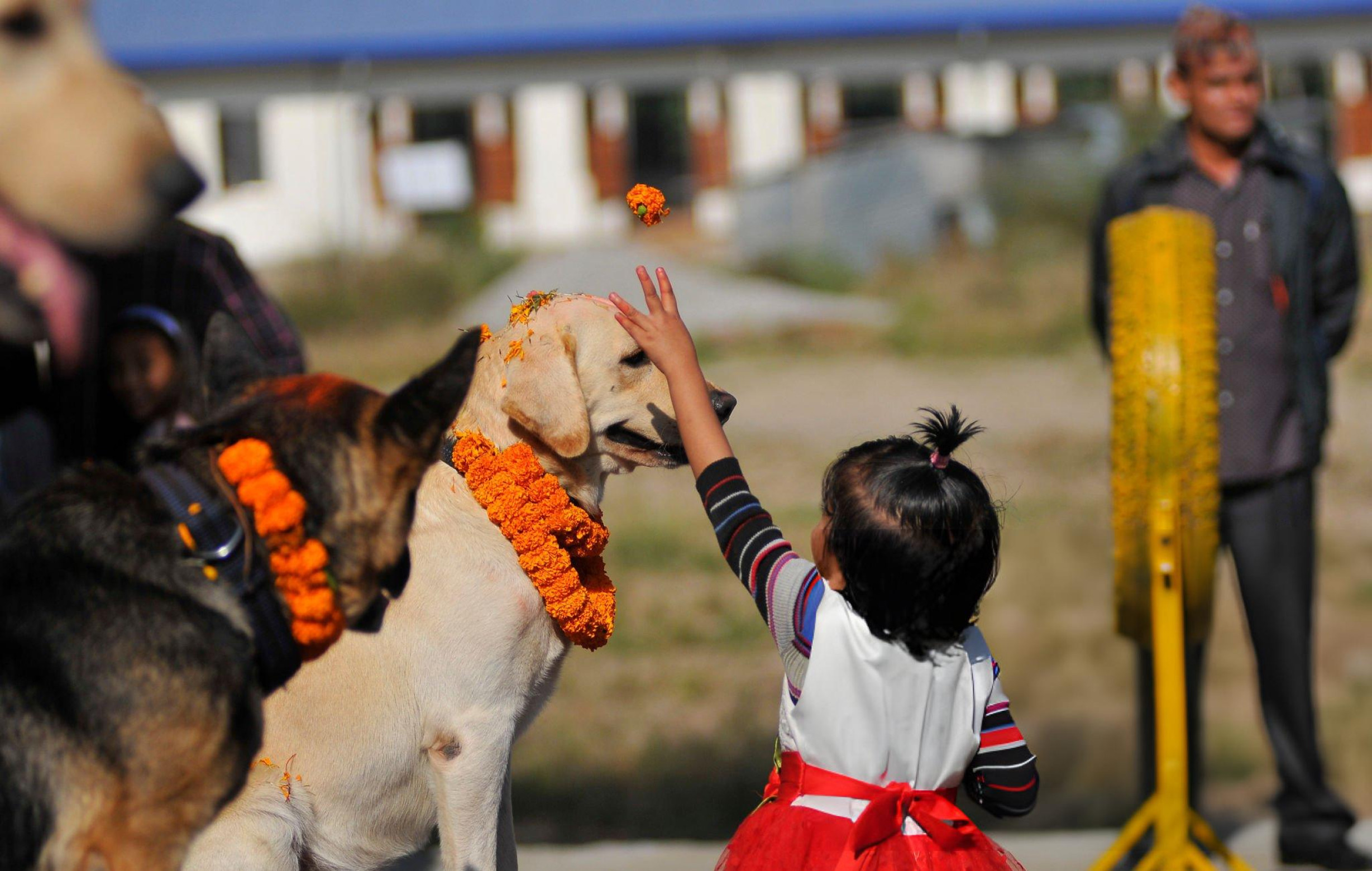
The fourth day varies among communities. For many, it is Govardhan Puja or Mha Puja, the New Year according to the Nepal Sambat calendar. Mha Puja is a unique Newar tradition where people honour and bless themselves, praying for health, happiness and spiritual well-being for the year ahead.
The festival concludes with Bhai Tika, a celebration of the sacred bond between brothers and sisters. Sisters perform puja for their brothers, applying vermilion or seven-coloured tika on their foreheads, offering sweets and makhamali (globe amaranth) garlands, symbolizing long life and protection from Yama, the god of death. In return, brothers give gifts and blessings, renewing their promise of care and support. The ritual is believed to protect them from Yama, the god of death and strengthen their lifelong bond.
Tihar beautifully reflects Nepal’s vibrant culture. It is a celebration of life, relationships, and the harmony between humans, animals and the divine.
Each day of Tihar holds a special significance, honoring different beings and relationships. The first day, Kag Tihar, is dedicated to crows, considered messengers of death, who are offered food to ward off sadness and bad omens. The second day, Kukur Tihar, celebrates dogs for their loyalty and friendship. They are adorned with garlands, vermilion and offered special treats. On the third day, Gai Tihar and Laxmi Puja are observed. Cows are worshipped as symbols of prosperity, while homes are decorated with oil lamps, candles and marigold garlands to welcome Goddess Laxmi, the goddess of wealth and fortune. Streets twinkle with light, and houses echo with the cheerful songs of Deusi-Bhailo, traditional carols sung by children and young people who go door to door spreading joy.

The fourth day varies among communities. For many, it is Govardhan Puja or Mha Puja, the New Year according to the Nepal Sambat calendar. Mha Puja is a unique Newar tradition where people honour and bless themselves, praying for health, happiness and spiritual well-being for the year ahead.
The festival concludes with Bhai Tika, a celebration of the sacred bond between brothers and sisters. Sisters perform puja for their brothers, applying vermilion or seven-coloured tika on their foreheads, offering sweets and makhamali (globe amaranth) garlands, symbolizing long life and protection from Yama, the god of death. In return, brothers give gifts and blessings, renewing their promise of care and support. The ritual is believed to protect them from Yama, the god of death and strengthen their lifelong bond.
Tihar beautifully reflects Nepal’s vibrant culture. It is a celebration of life, relationships, and the harmony between humans, animals and the divine.
